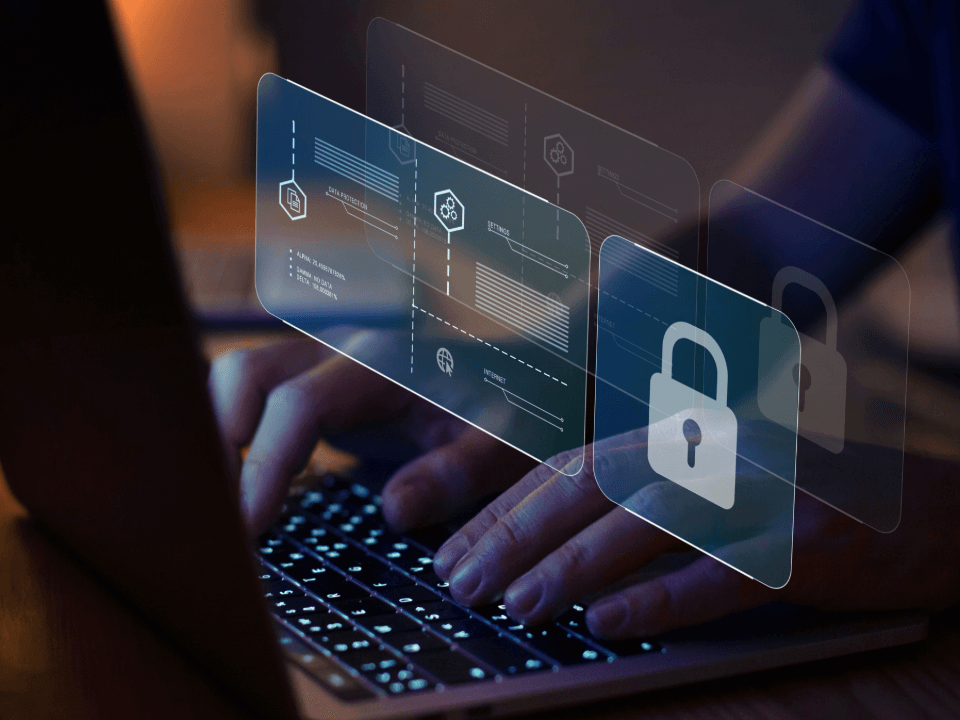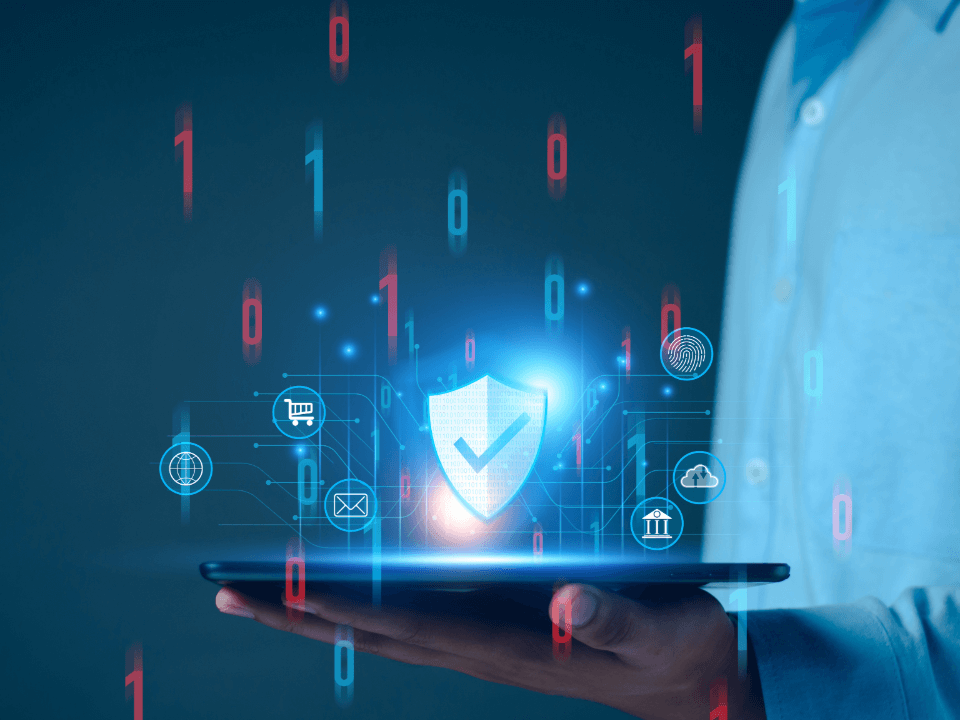According to the Clusit 2020 report, cyber attacks have increased by 7 per cent from January to June 2019.
Cybercrime seems to have adapted well to the change in context brought about by the pandemic, finding fertile ground among all those companies that are experiencing a transition to digitised systems.
Considering the acceleration in the pace of digital transformation, most organisations have adopted cutting-edge ICT technologies, contributing to the growth of a market (that of cyber security) that has seen an 11% increase in 2019, reaching EUR 1.3 billion, according to data from the Information Security & Privacy 2020 Observatory.
However, there remains a need to analyse the relationship between transformation and security, which are often considered as separate activities but are, in reality, two sides of the same coin.
In fact, the year 2020 has been characterised by changes that have influenced everyone’s daily and working life habits, encouraging the use of the Net as the main channel for enabling relationships, training and all forms of agile work. The fact is that these events have also seen cyber attacks increase at the same rate, increasing by 91.2% if the time period between 2014 and 2019 is taken into account, with the Severity Average (an index introduced by Clusit since 2017) at the same time worsening, acting as a multiplier of the damage.
Also from the Clusit 2020 report, the sectors most affected by serious cyber attacks in the first half of 2020 emerge:
- Multiple targets: These are attacks carried out in parallel by the same criminal organisation against numerous organisations belonging to different categories (these types of attacks are up by 26% compared to 2019)
- Research/education: +63%
- Critical infrastructures: +85%
- Government contractors: +73%
On the other hand, attacks in the ‘healthcare’, ‘banking/finance’ and ‘online services/cloud’ sectors declined.



